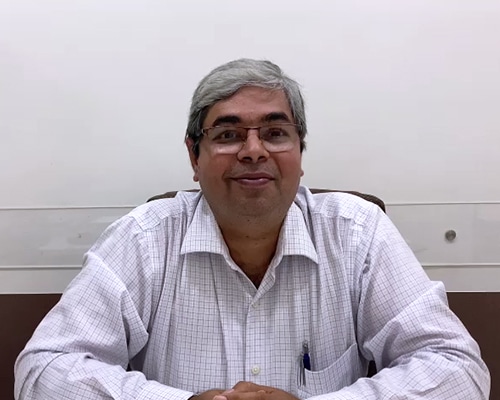RWH Services
Save Rain, Save Earth
Why should we switch to Rainwater Harvesting?
Rainwater harvesting has been acclaimed as an exemplary method of water conservation, and is considered to be a “Green Practice”. It is an effective method of dealing with the water crisis that inevitably occurring in several countries of the world. As the world population is increasing, there has been an exponential rise in the demand for water.
These elevated demands can be managed to a large extent through the collection and storage of rainwater. Contrary to prevailing myths, RWH is ‘ECONOMICAL’, convenient, and easily manageable. From an agricultural point of view, Rainwater harvesting promotes rainwater infiltration into the subsoil, improving the vegetation cover and agriculture as well.
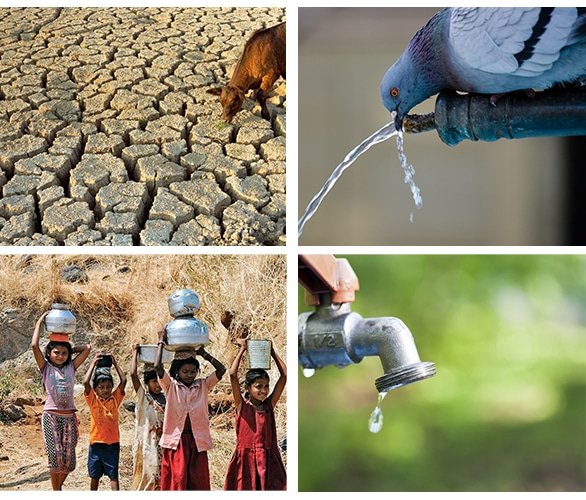
Services offered by Us
Designing of Rainwater Harvesting System
Rainwater Harvesting System designs of N.S. & Associates are customized based on site conditions. The below process is followed to develop the effective RWH designs:
- Site Study for data collection & Analysis
- Understand the client’s requirements
- Rainwater Harvesting Report
- Detailed Drawings of complete Rainwater Harvesting System
- BOQ of Rainwater Harvesting System
- Regular Site Visits to monitor the implementation
- Issue of Completion Certificate
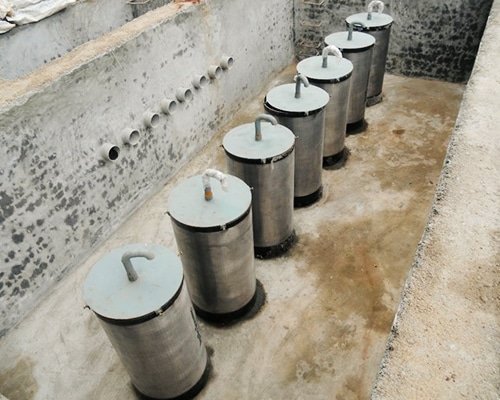

Feasibility Study OF Rain Water Harvesting
Many big projects of more than 10 acres require to do ‘Feasibility Study’ to understand the Financial aspects and the Master Plan. Feasibility Study includes rainfall data, recharging capacity, the possible yield of water, different possible schemes, master Plan, conceptual drawings, and an approximate cost of implementation. It also gives the possibility of implementation in phases.
Water Audit- Water Conservation & Water Neutrality
Water audits analyse a facility’s water use and identify ways to make it more efficient. Audits review domestic, sanitary, flushing, landscaping, and process water use and identify ways to increase a facility’s water-use efficiency.
The objective of the water audit is to assess the following:
- Water Sourced/Extracted
- Water used
- Losses both physical and non-physical
- To identify and priorities areas that need immediate attention for controls
By conducting a professional water audit for your installation, we help make ….
Water Audit- Water Conservation & Water Neutrality
Water audits analyse a facility’s water use and identify ways to make it more efficient. Audits review domestic, sanitary, flushing, landscaping, and process water use and identify ways to increase a facility’s water-use efficiency.
The objective of the water audit is to assess the following:
- Water Sourced/Extracted
- Water used
- Losses both physical and non-physical
- To identify and priorities areas that need immediate attention for controls
By conducting a professional water audit for your installation, we help make your business or service as water-efficient as possible. We employ the latest equipment and highly effective methods to identify equipment or practices that can be modified to reduce water consumption across your facility or premises. With proven expertise in water auditing, our dedicated team works closely with you throughout the auditing process. After zeroing on the problem areas, we assist you in implementing the findings of the water audit which holds the key for water-saving for now and in the future.
The purpose of a water audit report is to provide an assessment of current water usage practices, and provide a roadmap towards decreasing water usage in the future or to find additional water sources to fulfil the water requirement. During the water audit services, we do the following:
- Audit of all water-using equipment and processes.
- Identify any inefficient plumbing fixtures and appliances, as well as leaks and water waste.
- Identify any kitchen equipment or processes that use more water than is necessary.
- Look for water leaks.
- Check pools, fountains and ponds for leaks.
- Check float valves in cooling towers for excessive water usage.
- Review irrigation schedules, and irrigation systems and make recommendations as needed.
- Check for broken sprinkler heads and excessive runoff.
- Suggest upgrades, retrofits, or new more efficient equipment.
- Compare water meter data to estimate water usage data to identify if there are substantial problems with water leaks or metering errors.
- Provide a list of suggested water conservation measures, along with water savings potential, costs to implement, available incentives, and simple payback.
Water Neutrality
The idea of the water-neutral concept is to stimulate industries and corporations that undertake water-consuming activities to make their activity ‘water neutral’ by reducing water consumption and by compensating for the negative impacts of remaining water consumption through investing in projects that promote the sustainable and equitable use of water within the environment and community that is affected.
Water Conservation
Water Conservation methodology is an important component of Water Audit. The different methods of water conservation are identified based on site conditions. Rainwater Harvesting is one of the important method of water conservation. The harvested rainwater can be recharged into a borewell, ringwell or can be accumulated into artificial ponds or Tanks.
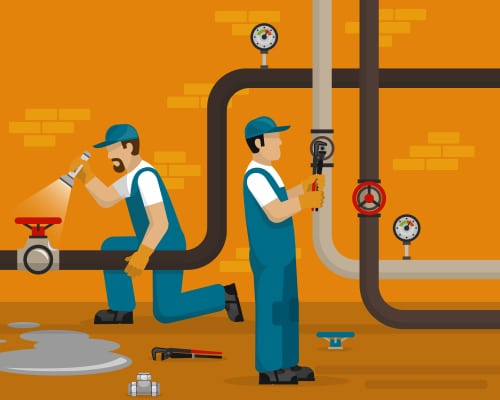
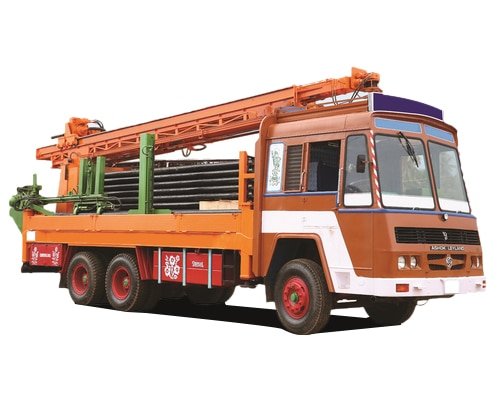
Borewell Survey
We use the ‘Dowsing method’ is used for Borewell Survey. The dowser walks through the field with the dowsing rod. When he walks over a location that has the potential of yielding water, the dowsing rod will rotate in his hands and point toward the ground. The points are suggested by the geologist for borewell drilling.
Hydrogeological Survey
Hydrogeological Survey is the investigation of underground formations to understand the hydrologic cycle, know the groundwater quality, and identify the nature, number, and type of aquifers. The ERT method is used to conduct the Hydrogeological Survey. The ERT method is an electrical testing method where current is induced in the ground using two current electrodes. … ERT can be used to map bedrock depths and geometry. The Hydrogeological Survey helps to design effective Rainwater Harvesting Recharging System.
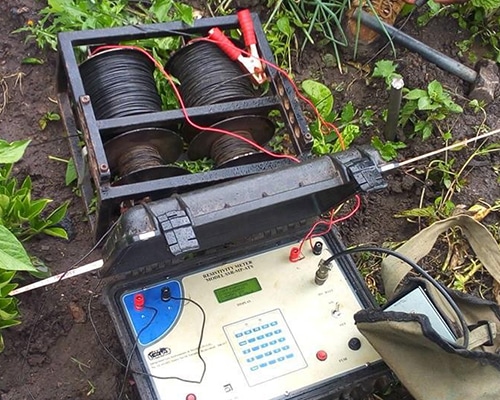
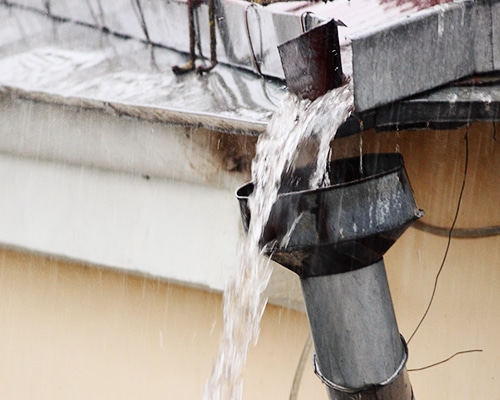
Maintenance of Existing Rainwater Harvesting System
Rainwater Harvesting System needs regular Maintenance. We do undertake a Yearly Maintenance Contract. Our representative does the site visit & monitors the system. The cleaning of the System is done twice a year, i.e. Pre & post monsoon.
Training & Development
Mr. Nirav Saraiya has imparted Training and Conducted Workshops for Engineers, Builders, Architects, Contractors and Officials of Various Government bodies from all over India at the Indian Institute of Technology (IIT) Mumbai, Indian Water Works Association (IWWA), Indian Green Building Council, Indian Oil Corporation Ltd. (IOCL), GSDA (Groundwater Surveys & Development Agency), Oil & Natural Gas Commission (ONGC), Pune Construction Engineering Research Foundation (PCERF), Municipal Corporation – Ulhasnagar and Indian Concrete Institute, Pune.
